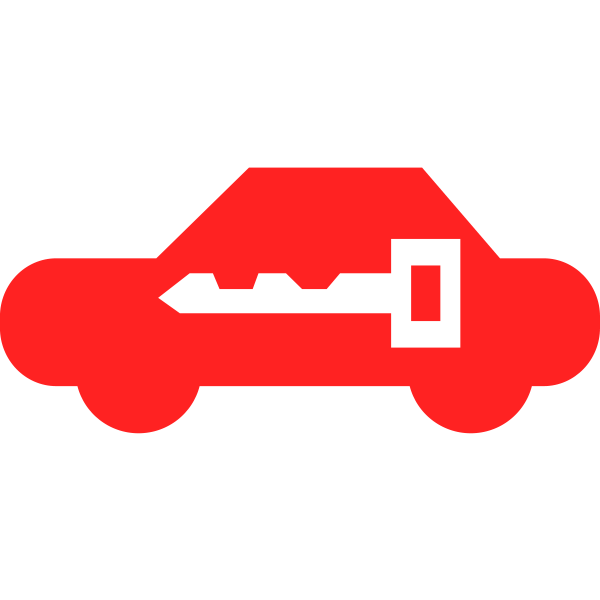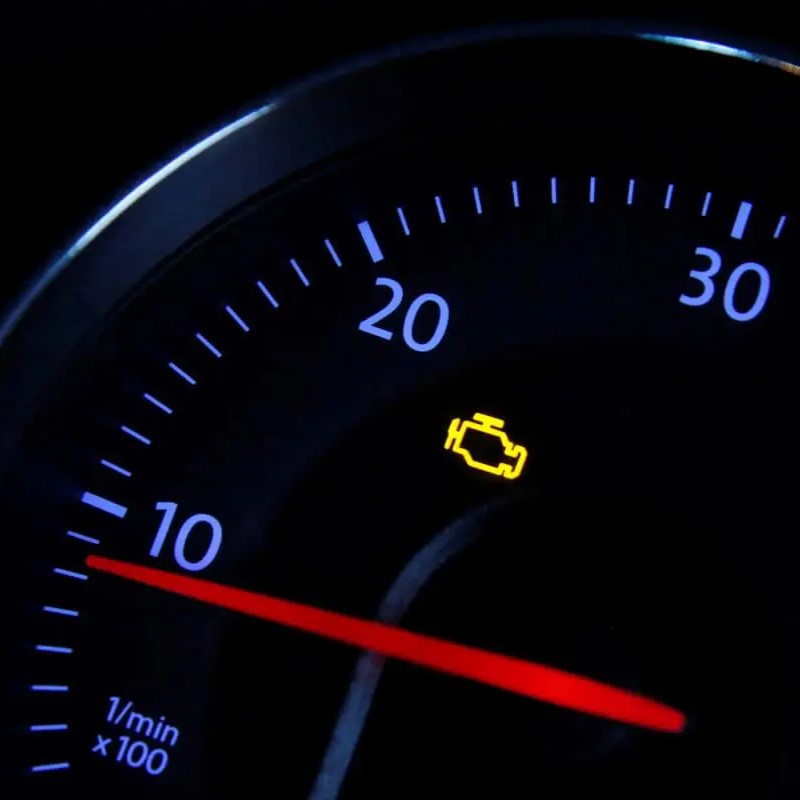There you are, cruising down the highway, enjoying the scenery, when a speck in your rearview mirror catches your eye. As it draws closer, you realize it’s a car with a red light pulsating rhythmically. An unsettling feeling washes over you. What does that red light mean? Should you pull over? Relax, take a deep breath. This article will shed light (pun intended) on the different scenarios where you might encounter a red flashing light on a car and what it signifies.
Firstly, let’s dispel the biggest misconception – a red flashing light doesn’t always mean trouble. In fact, it can serve a variety of purposes, some more urgent than others. Here’s a breakdown of the most common situations:
Emergency Vehicles:
The most recognizable use of red flashing lights is on emergency vehicles. Ambulances, fire trucks, and police cars utilize them to warn other drivers of their presence and to signal their right of way in an emergency. When you see a red flashing light approaching in your rearview mirror, the key is to stay calm and act predictably. Here’s what to do:
Maintain a safe speed:
Don’t slam on your brakes, but gradually reduce your speed and prepare to move over.
Check your surroundings:
Use your mirrors and blind spots to ensure it’s safe to maneuver before changing lanes.
Move over:
In most jurisdictions, there’s a “Move Over” law that mandates drivers to move to the lane farthest from the emergency vehicle if possible. If you’re unable to change lanes safely, slow down and pull as far to the right as practicable.
Avoid sudden movements:
Don’t swerve or stop abruptly. These erratic maneuvers can confuse the emergency vehicle driver and pose a danger to yourself and others.

Tow Trucks and Recovery Vehicles:
Tow trucks and recovery vehicles often use red flashing lights, especially when they’re parked on the side of the road assisting a disabled vehicle. This serves as a warning to approaching drivers of the potential hazard ahead. Here, simply be extra cautious when passing these vehicles. Reduce your speed, maintain a safe distance, and be prepared to stop if necessary.
Oversized Vehicles:
Large vehicles that extend beyond the standard lane width, such as trucks carrying heavy equipment, sometimes use red flashing lights to alert other drivers of their presence and potential blind spots. Similar to recovery vehicles, be extra vigilant when approaching or passing these oversized vehicles.

Construction Zones:
Construction zones often have various vehicles with red flashing lights, including work trucks, flaggers’ vehicles, and road construction equipment. These lights serve as a general warning of the altered traffic flow and potential hazards in the area. When approaching a construction zone, pay close attention to posted signage and instructions from flaggers. Reduce your speed and be prepared for lane closures or detours.
Private Security Vehicles:
Security vehicles accompanying high-value cargo or transporting sensitive materials might use red flashing lights for visibility and to deter potential threats. However, these lights don’t have the same legal authority as emergency vehicles. Treat them with caution but don’t necessarily pull over unless instructed by law enforcement.

Breakdown Hazard:
In some cases, drivers whose vehicles have broken down on the side of the road might use a red emergency flasher or hazard lights to warn approaching traffic. If you see this, be mindful of the potential hazard and proceed with caution.
So, When Should You Pull Over?
The primary situations where pulling over for a red flashing light is essential are when encountering emergency vehicles with sirens activated. In all other scenarios, proceed with caution and follow the necessary precautions based on the situation. It’s better to err on the side of caution and be aware of your surroundings than to ignore the red flashing light and potentially create a dangerous situation.

Beyond the Red Flash:
It’s important to note that not all emergency vehicles use solely red flashing lights. Some, like police vehicles, might also utilize blue lights, especially when pursuing a suspect. Additionally, some tow trucks or construction vehicles might use amber flashing lights alongside red.
While the specific color combinations might vary by region, the general principle remains the same – flashing lights signal a potential hazard or urgency. Always be vigilant and prepared to adjust your driving accordingly.
General safety tips for overall car maintenance
Regular car maintenance isn’t just about keeping your car running smoothly; it’s crucial for your safety on the road. Here are some key tips to ensure your vehicle is in top shape:
-
Be Tire Aware: Tires are your car’s only point of contact with the road. Proper tire care is paramount. Check tire pressure regularly, including the spare, and inspect for signs of wear, damage, or uneven tread. Rotate your tires according to your manufacturer’s recommendations.
-
Oil Changes are Essential: Engine oil lubricates moving parts and prevents overheating. Follow your car’s manual for recommended oil change intervals and oil type. Neglecting oil changes can lead to engine damage and breakdowns.
-
See the Light: Faulty lights are a safety hazard, both for you and other drivers. Regularly check headlights, taillights, brake lights, and turn signals. Dim or flickering lights need prompt attention.
-
Brakes are Paramount: Your brakes are the most important safety feature on your car. Listen for any grinding noises or unusual sensations when braking. Have your brakes inspected regularly by a qualified mechanic.
-
Wiper Wisdom: Windshield wipers ensure clear visibility during rain, snow, or sleet. Replace worn or cracked wiper blades to maintain optimal visibility.
-
Fluid Fundamentals: Several essential fluids keep your car running smoothly. Check engine coolant, brake fluid, power steering fluid, and windshield washer fluid regularly. Top up fluids as needed and consult your manual for recommended replacement intervals.
-
Don’t Ignore the Dashboard: Modern cars have a variety of warning lights on the dashboard. Familiarize yourself with these symbols and don’t ignore them if they illuminate. A lit warning light might indicate a minor issue, but it could also signal a more serious problem.
-
Keep it Clean: While not directly related to mechanical health, a clean car interior promotes better visibility and reduces distractions. Declutter your car and clean windows regularly to ensure optimal visibility.
-
Consult Your Manual: Your car’s owner’s manual is a valuable resource. It contains specific maintenance schedules, recommended fluids, and troubleshooting tips for your vehicle.
-
Find a Reliable Mechanic: Having a trusted mechanic can give you peace of mind. Schedule regular inspections to identify and address potential problems before they become major issues.
By following these simple car maintenance tips, you can ensure your car is safe, reliable, and ready to hit the road!

Remember, Knowledge is Power:
Understanding the different meanings behind red flashing lights empowers you to navigate the road with confidence. By staying calm, acting predictably, and following these guidelines, you can ensure your safety and the safety of others on the road. So, the next time you see that hypnotic red flicker in your rearview mirror, take a deep breath, and remember the information you’ve learned. It could make all the difference.





